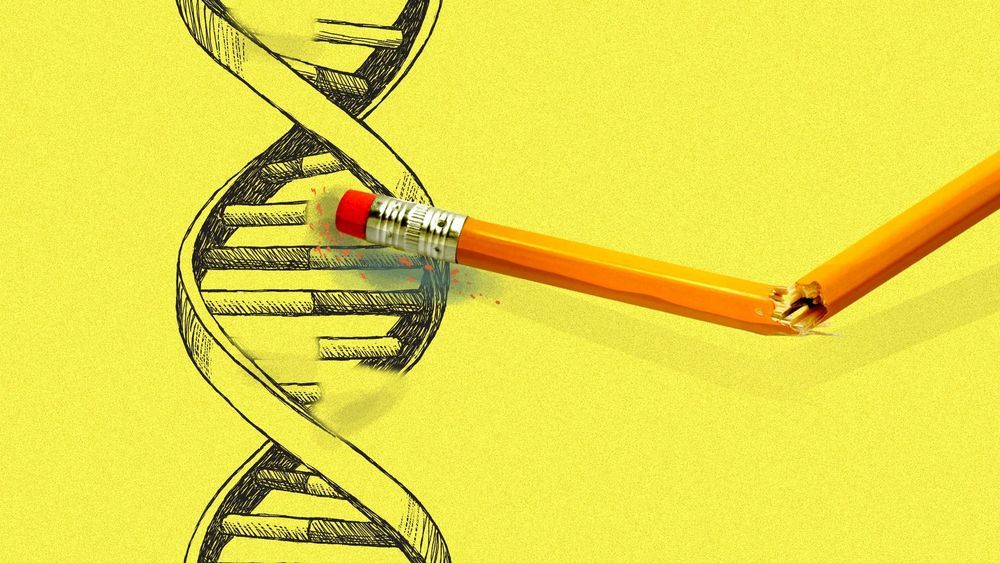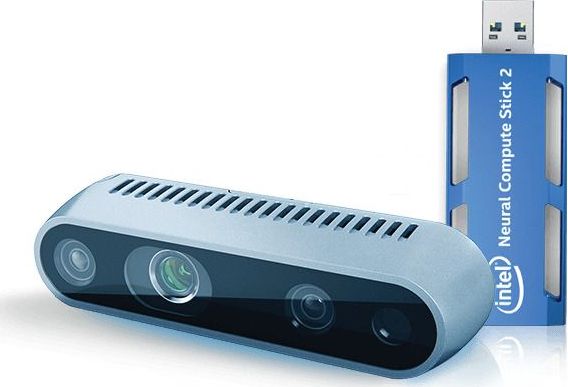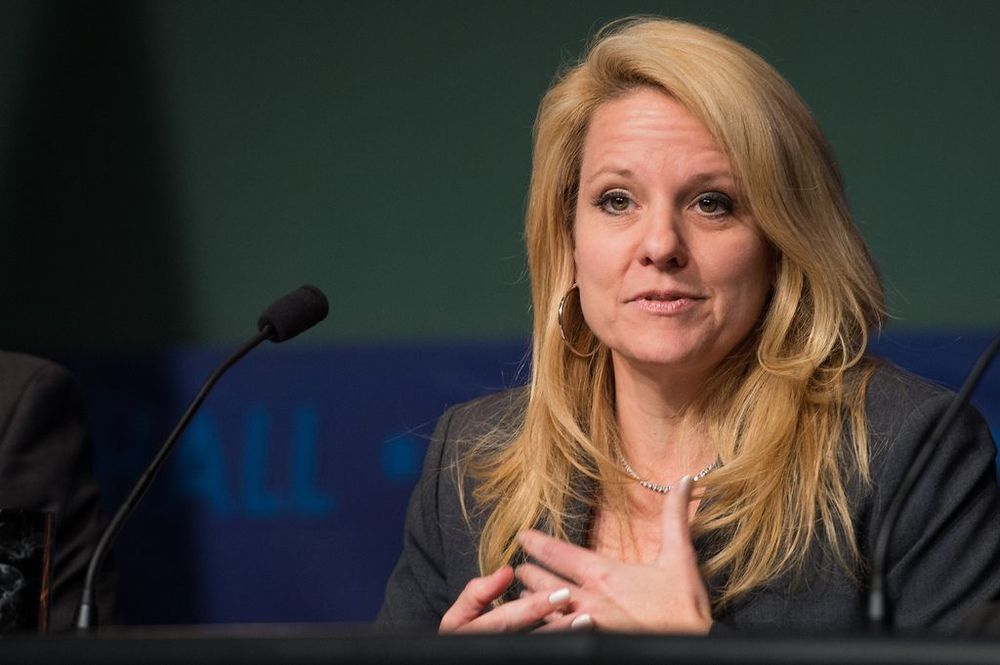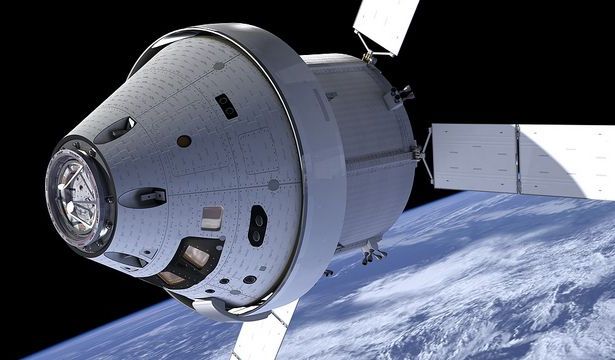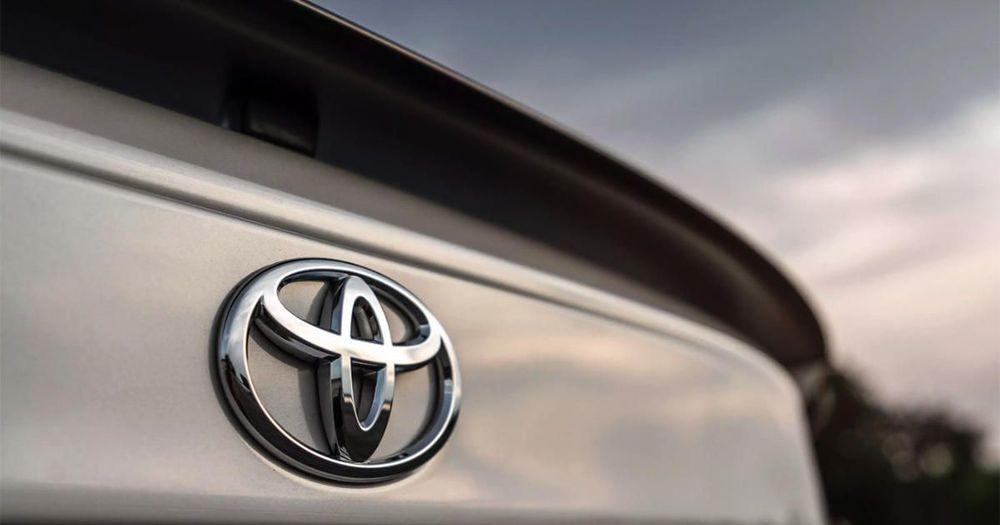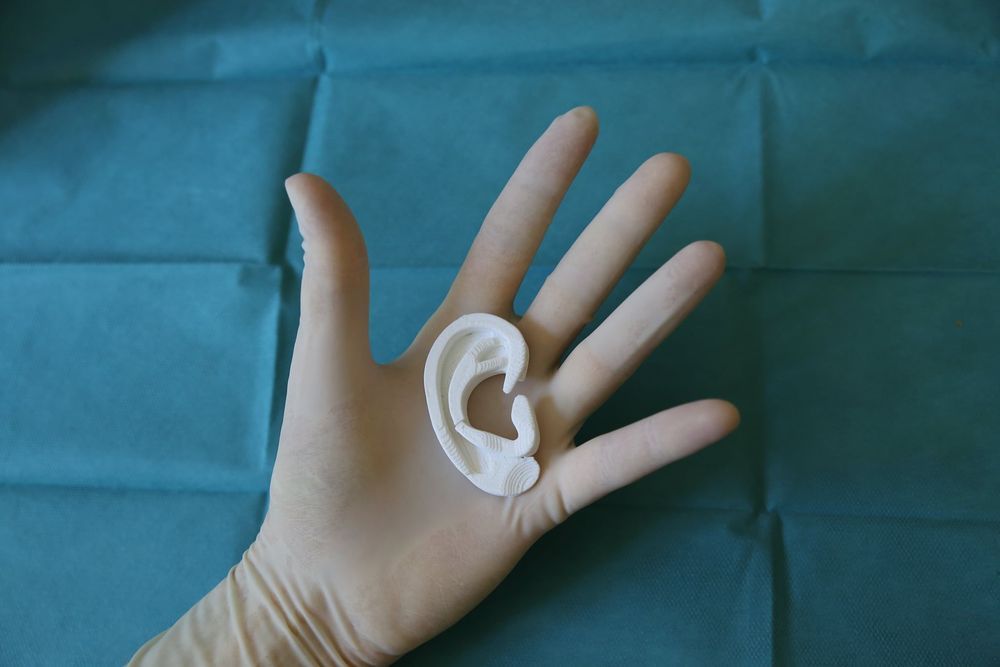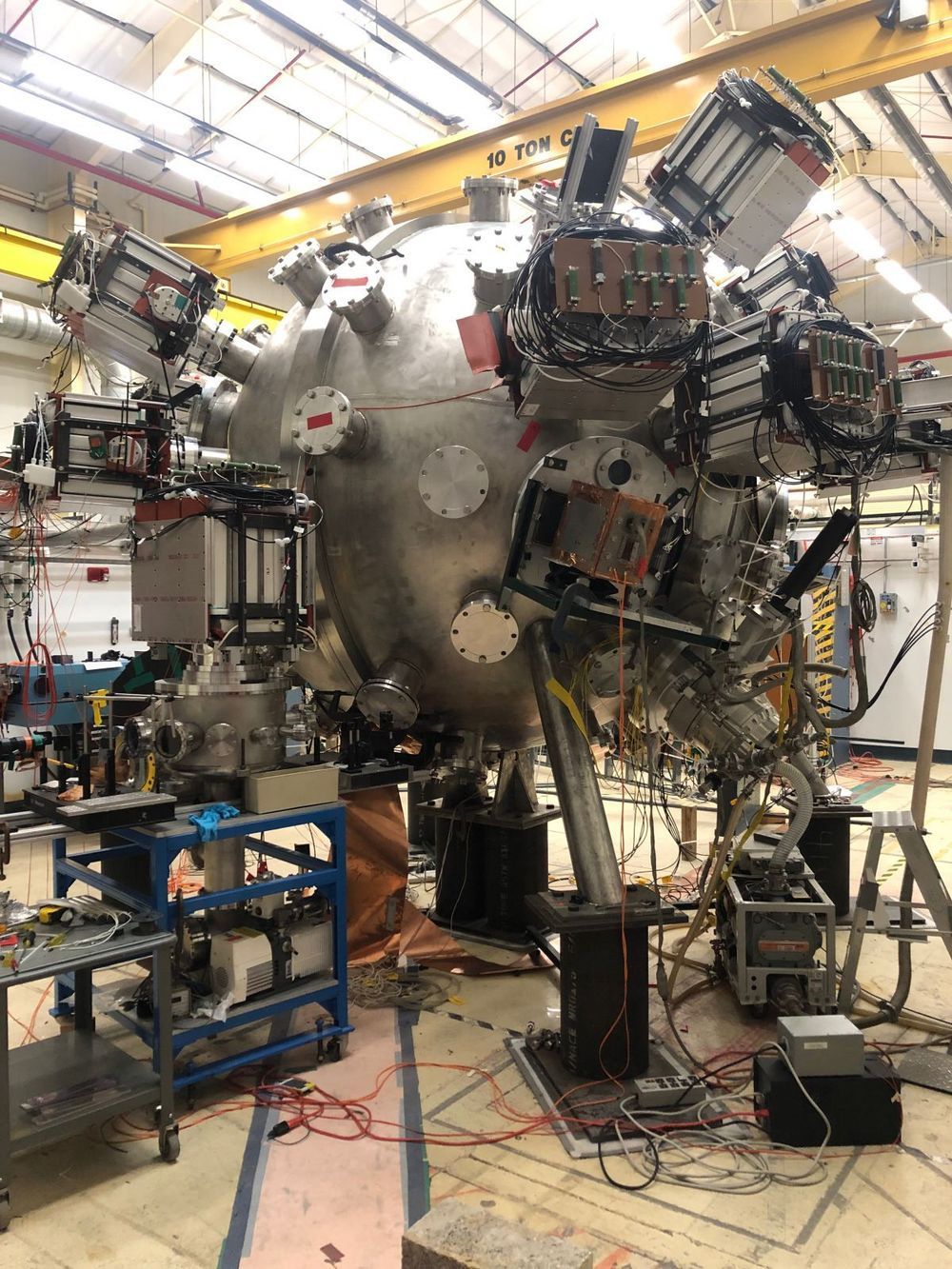Page 8222
Oct 22, 2019
Intel takes on Google and Amazon with 2 new AI-focused chips
Posted by Omuterema Akhahenda in category: robotics/AI
Intel has unveiled two new processors as part of its Nervana Neural Network Processor (NNP) lineup with an aim to accelerate training and inferences drawn from artificial intelligence (AI) models.
Dubbed Spring Crest and Spring Hill, the company showcased the AI-focused chips for the first time on Tuesday at the Hot Chips Conference in Palo Alto, California, an annual tech symposium held every August.
Oct 22, 2019
Intel RealSense Depth Cameras and Intel Neural Compute Stick 2
Posted by Omuterema Akhahenda in category: robotics/AI
Intel RealSense technologies offer a variety of vision‑based solutions to give your products the ability to understand and perceive the world in 3D. When combined with the Intel Neural Compute Stick 2, which re‑defined the AI at the edge development kit, you get low power, high performance intelligent computer vision at low cost for your prototype.
Depth sensing meets plug-and-play AI at the edge inferencing with Intel® RealSense™ stereo depth cameras bundled with the Intel® Neural Compute Stick 2.
Learn AI theory and follow hands-on exercises with our free courses from the Intel® AI Academy for software developers, data scientists, and students. These lessons cover AI topics and explore tools and optimized libraries that take advantage of Intel® processors in personal computers and server workstations.
Access courses from Intel on artificial intelligence provide a foundation for software developers, data scientists, and students.
Oct 22, 2019
SpaceX plans to start offering Starlink broadband services in 2020
Posted by Klaus Baldauf in category: space travel
Oct 22, 2019
Podcast #35: NASA, The Next Ten Years, with Dan Dumbacher
Posted by Mark Sackler in category: space travel
A new space race is upon us. But unlike the cold war-driven days of the 1960’s and early 1970’s, it is now a multi-player competition to dominate and exploit the final frontier. The U.S. and Russia have been joined by the European Union, China, India and Japan, as well as numerous commercial space ventures, such as SpaceX and Blue Origin.
Where does NASA sit in all of this, in the rapidly changing world of the second space race. In Seeking Delphi episode #35, host Mark Sackler gets an overview of where the agency is headed, from former NASA program director for launch systems, Dan Dumbacher. There’s also a very special announcement of the upcoming ASCEND** space conference, slated for Las Vegas in November of 2020.
** Accelerating Space Commerce, Exploration, and New Discovery.
Oct 22, 2019
Toyota will use Tokyo Olympics to debut solid-state battery electric vehicle
Posted by Quinn Sena in category: transportation
Solid-state batteries are the holy grail of battery technology for automakers, but it’ll be a while before they reach production.
Oct 22, 2019
Ricostruito l’orecchio di un bimbo grazie alla stampa in 3D
Posted by Paul Battista in category: robotics/AI
In sala operatoria oltre ai chirurghi c’erano alcuni ingegneri. Il paziente, un ragazzino di 13 anni, ha un grave problema congenito, la microtia, che comporta il mancato sviluppo dell’orecchio esterno (colpisce 5 bambini su 10mila). Grazie alla stampa 3D i medici dell’ospedale pediatrico Meyer di Firenze gli hanno ricostruito l’orecchio da zero. Sei ore di operazione, partita da una Tac con cui è stata acquisita l’esatta forma delle cartilagini. Poi, grazie a un software, è stata realizzata una copia delle cartilagini: dal modello è stato possibile vedere la porzione di cartilagini da prelevare. Per essere più precisi sulla forma, cercando di ottenere un risultato il più naturale possibile, è stato usato come modello un orecchio della mamma del ragazzino.
Una volta in sala operatoria la copia è stata fondamentale per plasmare le cartilagini ottenendo un orecchio “normale”. L’intervento è stato simulato più volte dal team dell’ospedale pediatrico fiorentino. Questo, come spiega lo staff del Meyer, ha consentito di affinare la tecnica arrivando a un risultato di grandissima precisione, riducendo anche tempi di esecuzione e anestesia. Il bambino tra qualche mese verrà sottoposto a un secondo intervento per ricostruire con la stessa tecnica anche il secondo orecchio.
“Per un bambino con una malformazione che era così evidente, il recupero estetico acquista una grande valenza psicologica e sociale – spiega il capo dell’equipe chirurgica Flavio Facchini, specialista in chirurgia plastica e ricostruttiva -. Lui non aveva problemi di udito, ma la malformazione gli creava grande disagio”.
Oct 22, 2019
Biological engineer Paul Blainey creates new tools to advance biomedical research
Posted by Paul Battista in category: biotech/medical
Oct 22, 2019
Giant Plasma Guns Could Be the Answer to Limitless Fusion Power
Posted by Quinn Sena in categories: futurism, particle physics
Generating endless energy with zero emissions by just slamming hydrogen atoms together has been somewhat of a pipe dream for decades. Now, scientists may be getting a tiny step closer to feasible fusion power, thanks to a futuristic experiment and dozens of plasma guns.
Eighteen of 36 plasma guns are in place on the machine that could make fusion power a reality. Those guns are the key components of Los Alamos National Laboratory’s Plasma Liner Experiment (PLX), which uses a new approach to the problem. PLX, if it works, will combine two existing methods of slamming single-proton hydrogen atoms together to form two-proton helium atoms. That process generates enormous amounts of energy per speck of fuel, much more than splitting heavy atoms (fission) does. The hope is that the method pioneered in PLX will teach scientists how to create that energy efficiently enough to be worthwhile for real-world use.
The promise of fusion is that it produces tons of energy. Every time two hydrogen atoms merge into helium, a small portion of their matter converts into a whole lot of energy.
